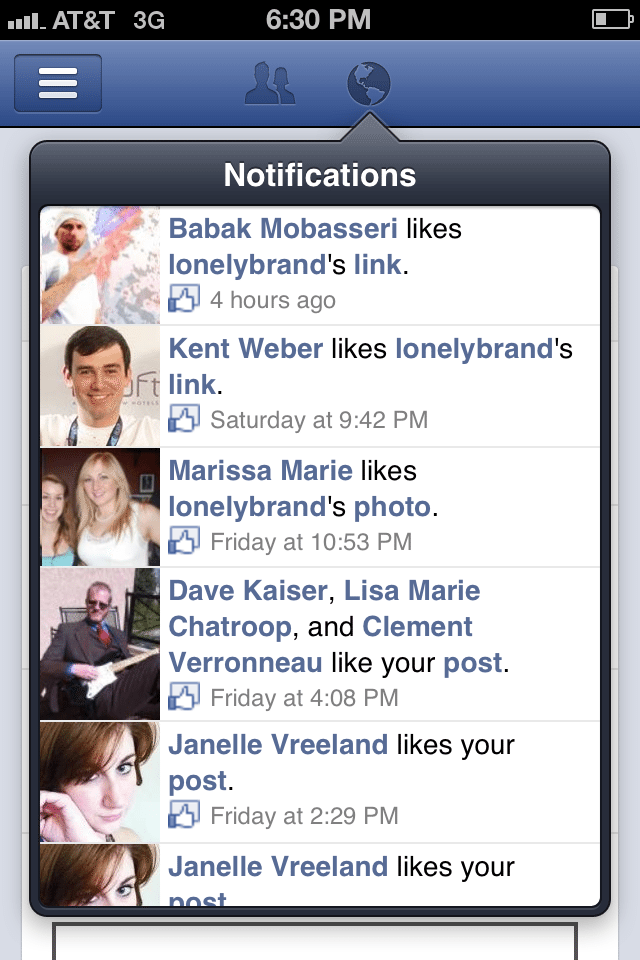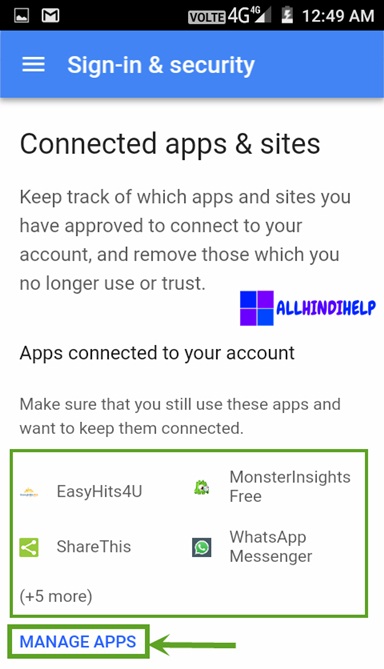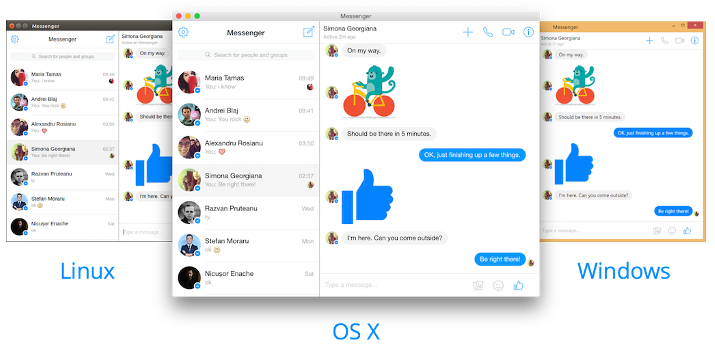

Manual inspection involves reading the ontology documentation and identifying the relevant entities and relationships. The ontology can be studied using various techniques including manual inspection and automated methods. Insurance risk ontology defines the concepts and relationships that are relevant to the insurance domain, such as policy, risk and premium. An ontology is a formal representation of the knowledge in a domain, including the concepts, relations and constraints that define the domain. The first step in generating a knowledge graph is to study the relevant ontology and identify the entities and relationships that are relevant to the domain.

Approach Step 1: Studying the ontology and identifying entities and relations Finally, it provides a way to integrate data from different sources, including structured and unstructured data.īelow is a 4 step approach. Second, it provides a way to represent knowledge in a structured and semantically rich format, which makes it easier to analyze and interpret. First, it provides a way to organize and access data that is easy to query and update. There are several benefits to using a knowledge graph in the insurance industry. This can include nodes, edges and properties where nodes represent entities, edges represent relationships between entities and properties represent at-tributes of entities and relationships. Knowledge graphs provide a way to organize and access this data in a structured and semantically rich format. The insurance industry is faced with many challenges, including the need to manage large amounts of data in a way that is both efficient and effective. Below we provide an example of an insurance company, but the approach is universal. The approach outlined here combines ontology-driven and natural language-driven techniques to build a knowledge graph that can be easily queried and updated without extensive engineering efforts to build bespoke software. Combining ontology and natural language techniques The creation and search queries can be customized to the platform in which the graph is stored - such as Neo4j, AWS Neptune or Azure Cosmos DB. You can turn App info for your devices off at any time.The second step is to use an LLM as an intermediate layer to take natural language text inputs and create queries on the graph to return knowledge. To help keep your experience consistent, the App info from your devices setting is on if your Device Information setting was on. Why app info from your devices is turned onĭata saved by the App info from your devices setting was previously saved by the Device Information setting. For example, when you say things like "Hey Google, play music" to your Google Assistant or smart device, this data helps your Google Assistant select a music app to open. This data helps Google recognize which app to use to complete a task. Your apps will not be deleted from your devices.

Delete app info from your devicesĪpp info from your devices is deleted from your Google Account when you turn the setting off.
Manage apps on facebook android#
Note: This setting does not affect the saving of installed app information by other Google services, like Google Play or Android Backup. Under "Google-wide controls," tap App info from your devices.Go to Your data in the Assistant or Your data in Search.For example, it helps your Google Assistant better understand which app to use to complete an action.

This data is used to make installed apps easier to interact with when using your Google Assistant or Google Search. You can choose to save information about installed apps from your signed-in devices, like the name and version of an app, in your Google Account.


 0 kommentar(er)
0 kommentar(er)
